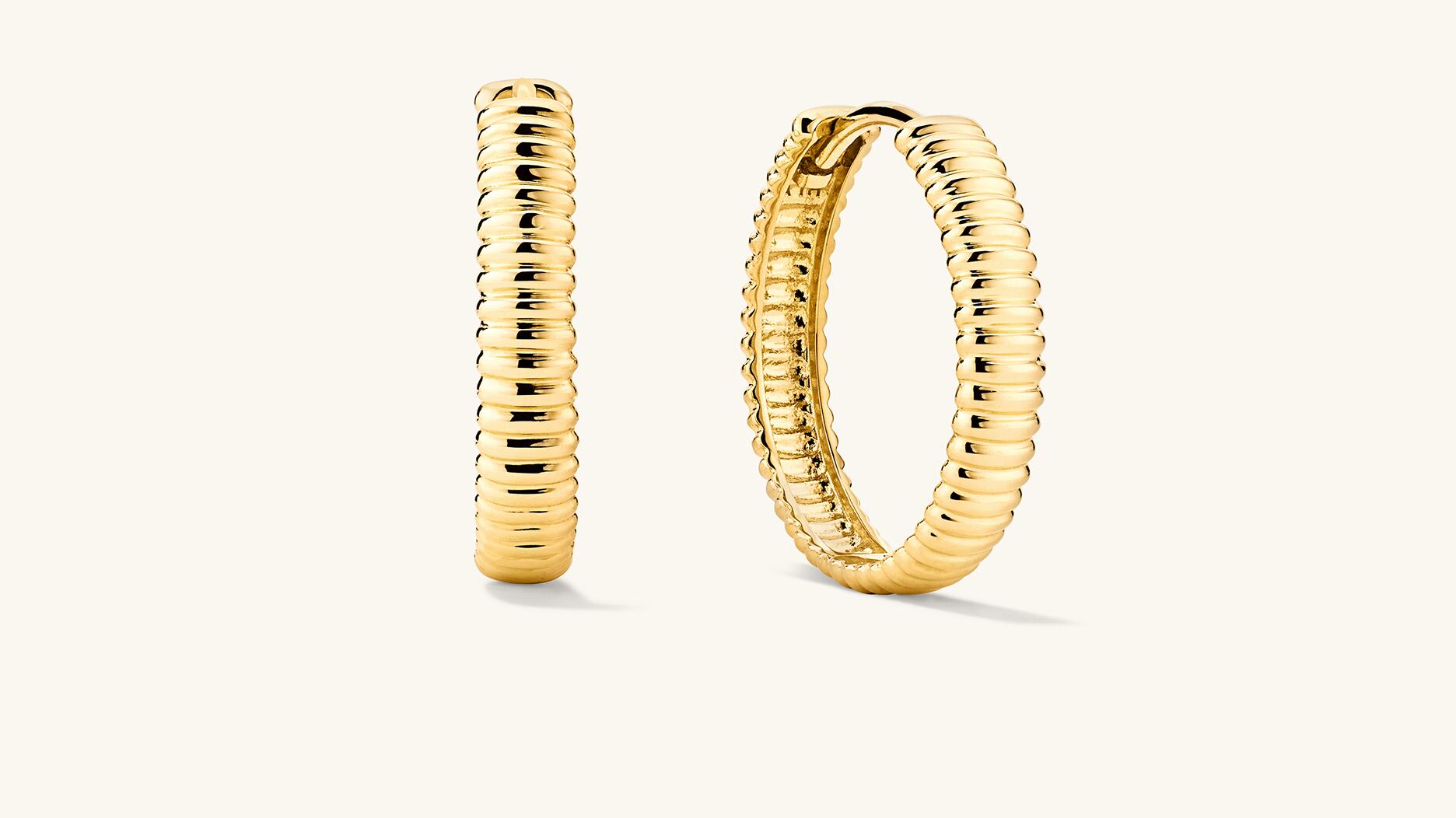Single Mine Origin Gold Now Being Distributed in the US
Providence, Rhode Island-based C&J Fine Jewelry Makers will offer the traceable gold to companies in the U.S. and Canada.
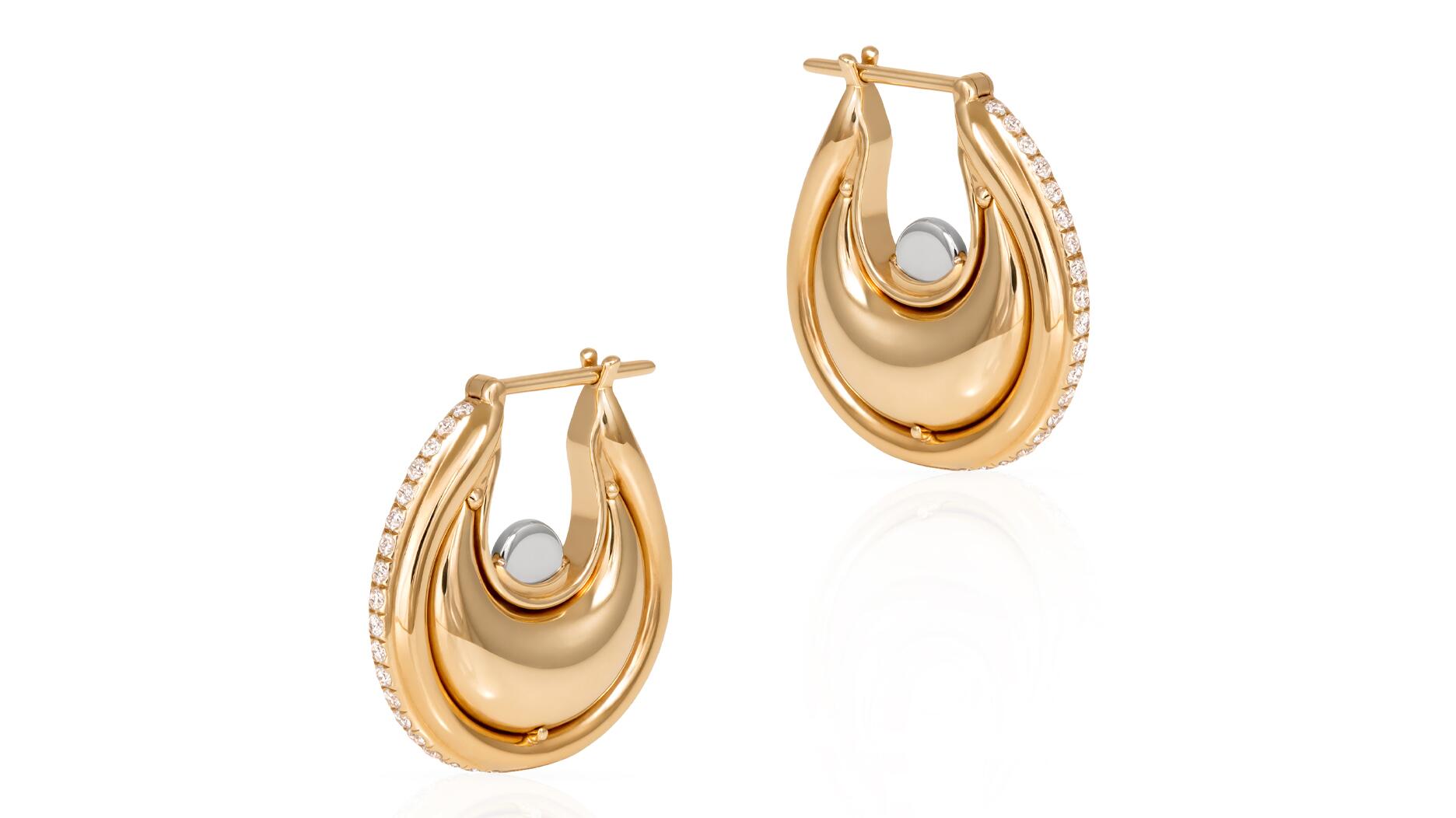
According to U.K.-based SMO, the gold from SMO member mines is the first transparent and traceable gold that has full chain of custody and is fully audited.
The gold offered by C&J Fine Jewelry Makers will be traceable to the Ity mine in Côte d’Ivoire, which SMO said has the longest history of any gold mine in the African country.
To receive accreditation from SMO, mines like Ity undergo a multi-level evaluation process during which the company applies environmental, social, and governance (ESG) criteria from international standards—like the World Gold Council’s Responsible Gold Mining Principles, the Initiative for Responsible Mining Assurance’s standards or the International Council on Mining and Metals’ principles—combining objective factors and subjective judgment.
SMO is also developing its own standard, the SMO ESG benchmark, designed as a tool for comparing SMO mines with other gold mines, regionally and globally, to ensure accountability.
The Ity mine received the Ivorian Mining Excellence Award for its ESG initiatives in both 2021 and 2023.
All jewelry made with SMO gold comes with a QR code that shows its journey from mine to market.
The QR code also offers details on the gold’s origin and beneficial effects it has had as it made its way to the consumer.
“At C&J Fine Jewelry Makers, we manufacture for the most iconic houses of fine jewelry around the world, and we have seen a growing sense of intention with our clients, and their customers, to know where and how their raw materials are sourced,” said Jeffrey D’Angelo, president of C&J Fine Jewelry Makers.
“Single Mine Origin is a needed solution to a white space in the global supply chain of gold that is traceable, responsibly sourced, and independently audited. We are excited to partner with SMO to help drive positive change within the jewelry industry.”
SMO was founded in 2017 by Dan and Charlie Betts, brothers from Birmingham, England, in response to how little of the world’s gold was fully traceable, due to how it is mined, refined, and sold.
The pair is the ninth generation of the family in the gold smelting and refining business, dating back to 1760 when Alexander Betts founded what is now the Betts Group.
In 2012, Dan left the family business to concentrate on Hummingbird Resources, a gold exploration business set up with his father, Stephen Betts.
Five years later, Hummingbird Resources established SMO together with Betts Metals.
In 2024, Hummingbird Resources fully divested, and SMO is now solely owned by the Betts Group.
The U.S. ranks third in terms of global demand for gold jewelry, according to SMO, yet less than 4 percent of the world’s gold supply is traceable from mine to finished product, the company said.
C&J Fine Jewelry Makers Managing Director Anthony Maietta said the company has been working exclusively with recycled gold due to the demand for it.
In late 2023, one customer, jewelry brand Roséate, asked if C&J would make its jewelry using SMO gold.
That was Maietta’s introduction to the company.
After research, he decided SMO was a perfect partner for C&J for a few reasons—it’s responsibly sourced with consistent supply, it’s affordably priced, and perhaps most importantly, it can be scaled.
“Some of the responsible sources on the small-scale artisan mines, they’re doing amazing things [but] there’s also just not a lot of it to go around,” Maietta said.
He estimates that, on a daily basis, of the gold used for jewelry, electronics, and investment, about 30 percent comes from recycled sources and about 70 percent comes from newly mined sources.
Of that 70 percent, 10 percent comes from small-scale artisanal mines and 90 percent comes from large-scale mines.
Maietta added, “SMO is seeking to work with the best actors for large-scale mines. They’re working with that 90 percent.”
While customers of C&J have the choice of recycled or SMO gold from the Ity mine now, the plan is to get even more granular.
SMO has the ability to identify certain areas of the ESG spectrum where its member mines are performing particularly well.
This gives jewelers the choice of using gold from a mine whose operations resonate with its brand values.
While the C&J only has gold from the Ity mine now, its customers can request to work with a mine that, for example, is going to reach net zero emissions by the end of the year, or a mine with high female employment rates, or a mine with the highest water recycling rate of any gold mine in the world.
SMO noted that several designers it spoke with have begun seeking alternatives to gold because of the effort they put into sourcing their gemstones in a responsible manner; they want to set it in a metal that’s sourced just as responsibly.
The same concept applies to the other hardware used to make jewelry.
To start, C&J Fine Jewelry Makers will only offer SMO gold in the form of 24-karat fine gold casting grain, so if, for example, a customer in the U.S. orders a necklace in SMO gold, the pendant would be but the chain and spring ring or lobster claw wouldn’t be.
Maietta said the next step is to onboard a chain manufacturer in the U.S. that is using SMO gold.
This lobbying of other manufacturers, and spreading awareness, is the kind of industry pressure that has worked in the European market, SMO said, and it wants to create that same influence in the U.S. market.
“Demand for SMO is growing rapidly, and we have seen brands drive this across Europe and Asia, primarily by requesting their manufacturers switch to SMO, which has been very reassuring,” SMO co-founder Charlie Betts said.
“I am, however, delighted to have partnered with C&J Fine Jewelry Makers who can not only influence some of the world’s most iconic brands but are willing to distribute to other manufacturers, in a bid to create large-scale, positive change across North America.”
C&J also has a locational advantage—Rhode Island has a rich history of jewelry manufacturing.
“As recently as the ‘70s and ‘80s, there were more jewelry manufacturing workshops per capita in Rhode Island than anywhere else in the world,” Maietta said.
While many of the original shops are gone, the infrastructure, including refineries and equipment, remains, leaving a whole ecosystem of support for expansion.
Maietta added, “We’re engaged in conversations with chain making manufacturers literally 10 minutes down the road, and they’re supplying to the world, basically.”
SMO gold has been used by designers such as Fernando Jorge, Stephen Webster, and Shaun Leane.
In the U.S., it made an appearance at the 2023 Met Gala, and at this year’s Couture show in Las Vegas, where designer Emily P. Wheeler introduced her first all-SMO collection.
To learn more about SMO, visit the company’s website.
The Latest

Said to be the first to write a jewelry sales manual for the industry, Zell is remembered for his zest for life.

The company outfitted the Polaris Dawn spaceflight crew with watches that will later be auctioned off to benefit St. Jude’s.

A buyer paid more than $100,000 for the gemstone known as “Little Willie,” setting a new auction record for a Scottish freshwater pearl.

Supplier Spotlight Sponsored by GIA.
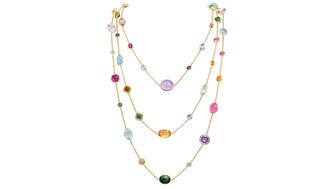
Anita Gumuchian created the 18-karat yellow gold necklace using 189 carats of colored gemstones she spent the last 40 years collecting.


The giant gem came from Karowe, the same mine that yielded the 1,109-carat Lesedi La Rona and the 1,758-carat Sewelô diamond.

The three-stone ring was designed by Shahla Karimi Jewelry and represents Cuoco, her fiancé Tom Pelphrey, and their child.

Supplier Spotlight Sponsored by GIA
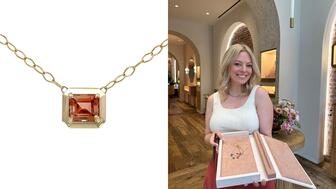
The Manhattan jewelry store has partnered with Xarissa B. of Jewel Boxing on a necklace capsule collection.

Acting as temporary virtual Post-it notes, Notes are designed to help strengthen mutual connections, not reach new audiences.

The jewelry historian discusses the history and cultural significance of jewelry throughout time and across the globe.

From fringe and tassels to pieces that give the illusion they are in motion, jewelry with movement is trending.

The designer and maker found community around her Philadelphia studio and creative inspiration on the sidewalks below it.

The change to accepted payment methods for Google Ads might seem like an irritation but actually is an opportunity, Emmanuel Raheb writes.

The industry consultant’s new book focuses on what she learned as an athlete recovering from a broken back.
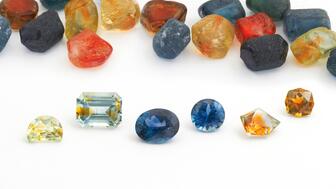
The fair will take place on the West Coast for the first time, hosted by Altana Fine Jewelry in Oakland, California.

Hillelson is a second-generation diamantaire and CEO of Owl Financial Group.

Submissions in the categories of Jewelry Design, Media Excellence, and Retail Excellence will be accepted through this Friday, Aug. 23.
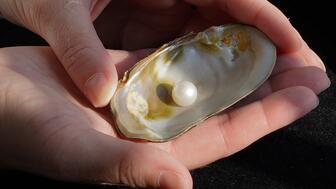
Known as “Little Willie,” it’s the largest freshwater pearl found in recent history in Scotland and is notable for its shape and color.

Clements Jewelers in Madisonville cited competition from larger retailers and online sellers as the driving factor.
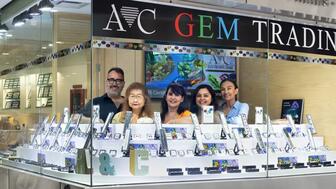
The gemstone company is moving to the Ross Metal Exchange in New York City’s Diamond District.

Most of the 18th century royal jewelry taken from the Green Vault Museum in Dresden, Germany, in 2019 went back on display this week.

The Pittsburgh jeweler has opened a store in the nearby Nemacolin resort.
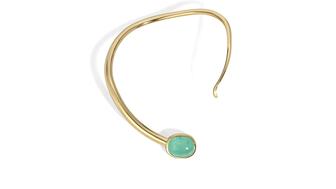
With a 40-carat cabochon emerald, this necklace is as powerful and elegant as a cat.

The Erlanger, Kentucky-based company was recognized for its reliability when it comes to repairs and fast turnaround times.

Unable to pay its debts, the ruby and sapphire miner is looking to restructure and become a “competitive and attractive” company.

The trend forecaster’s latest guide has intel on upcoming trends in the jewelry market.









